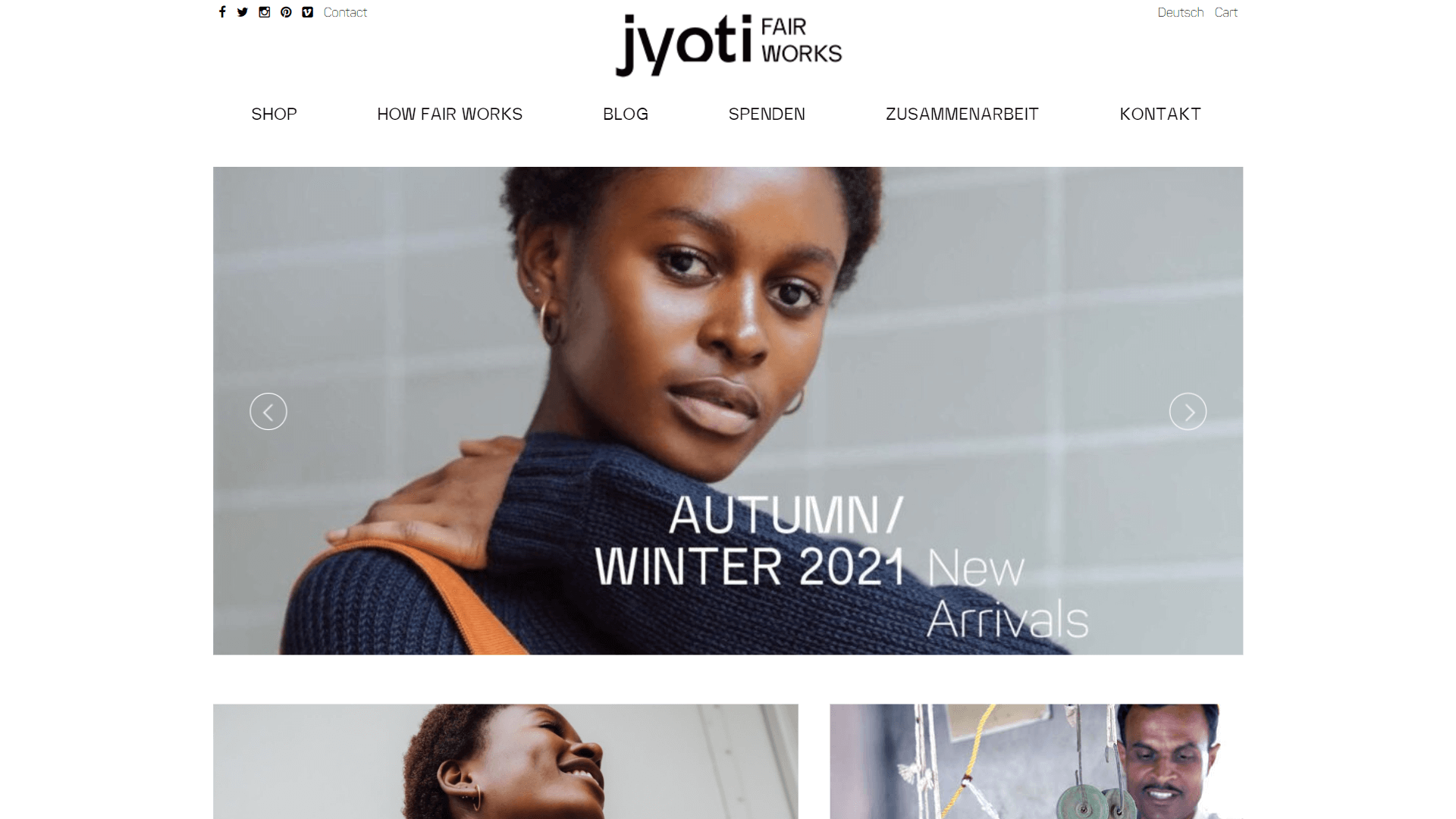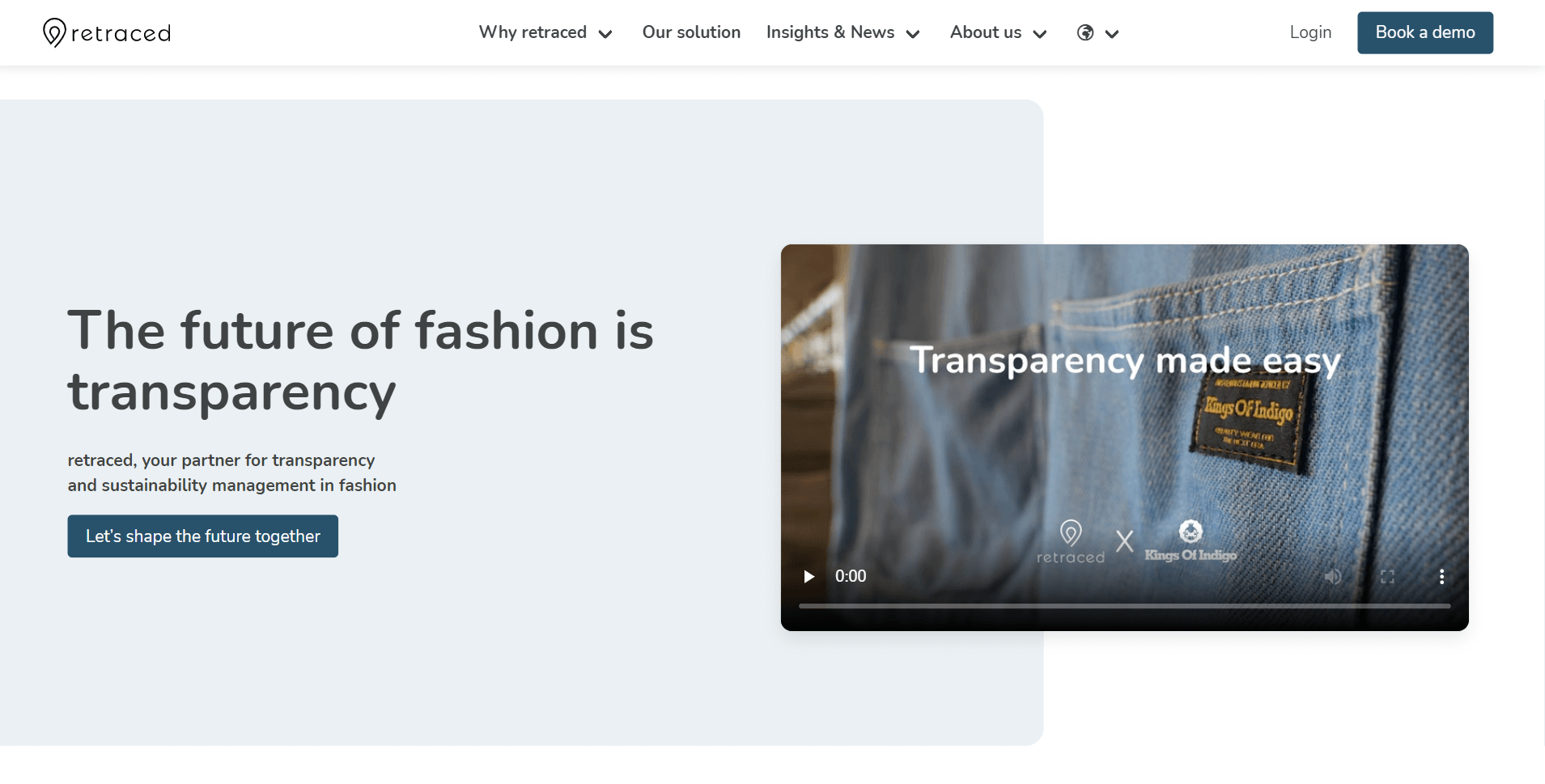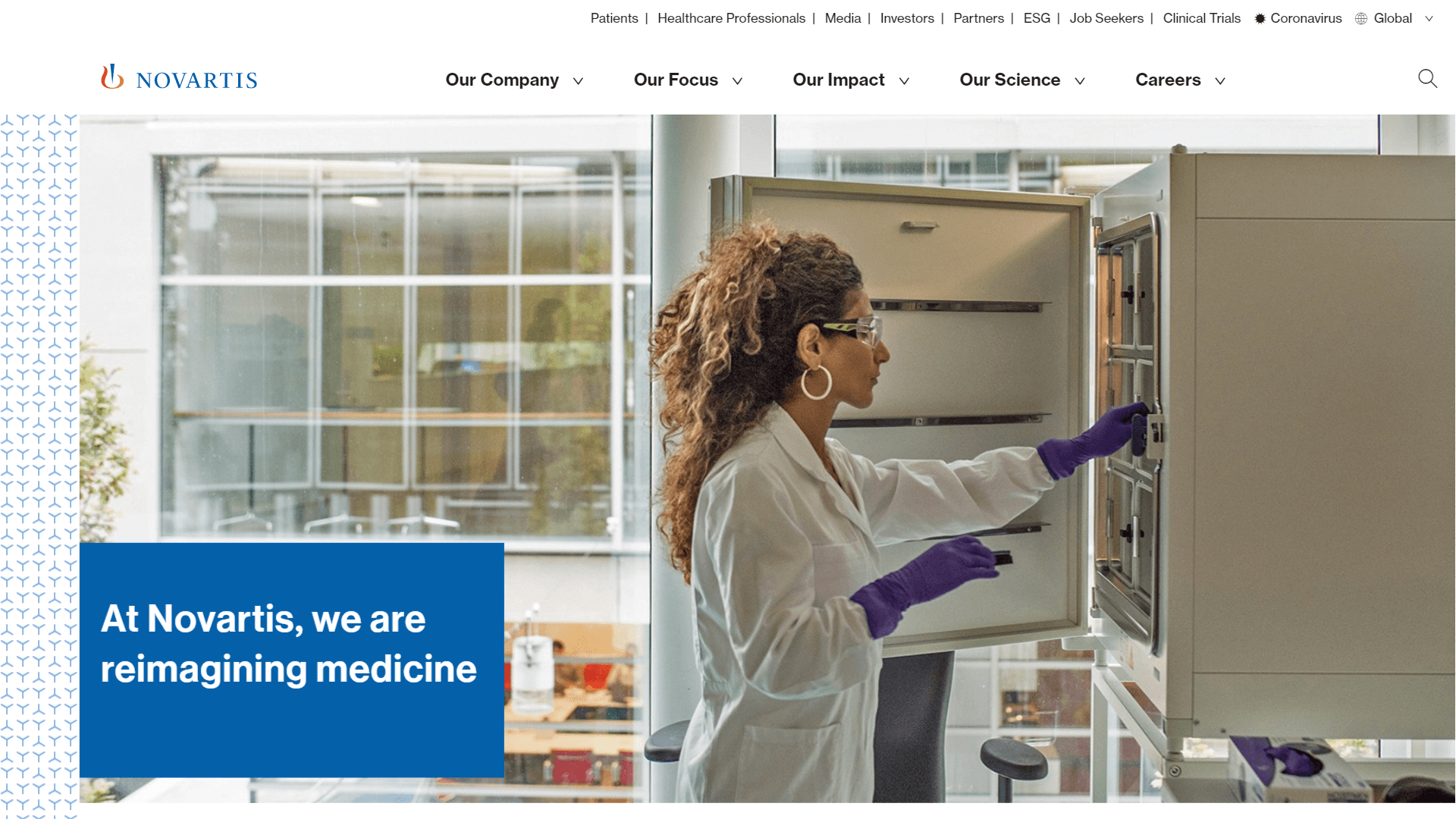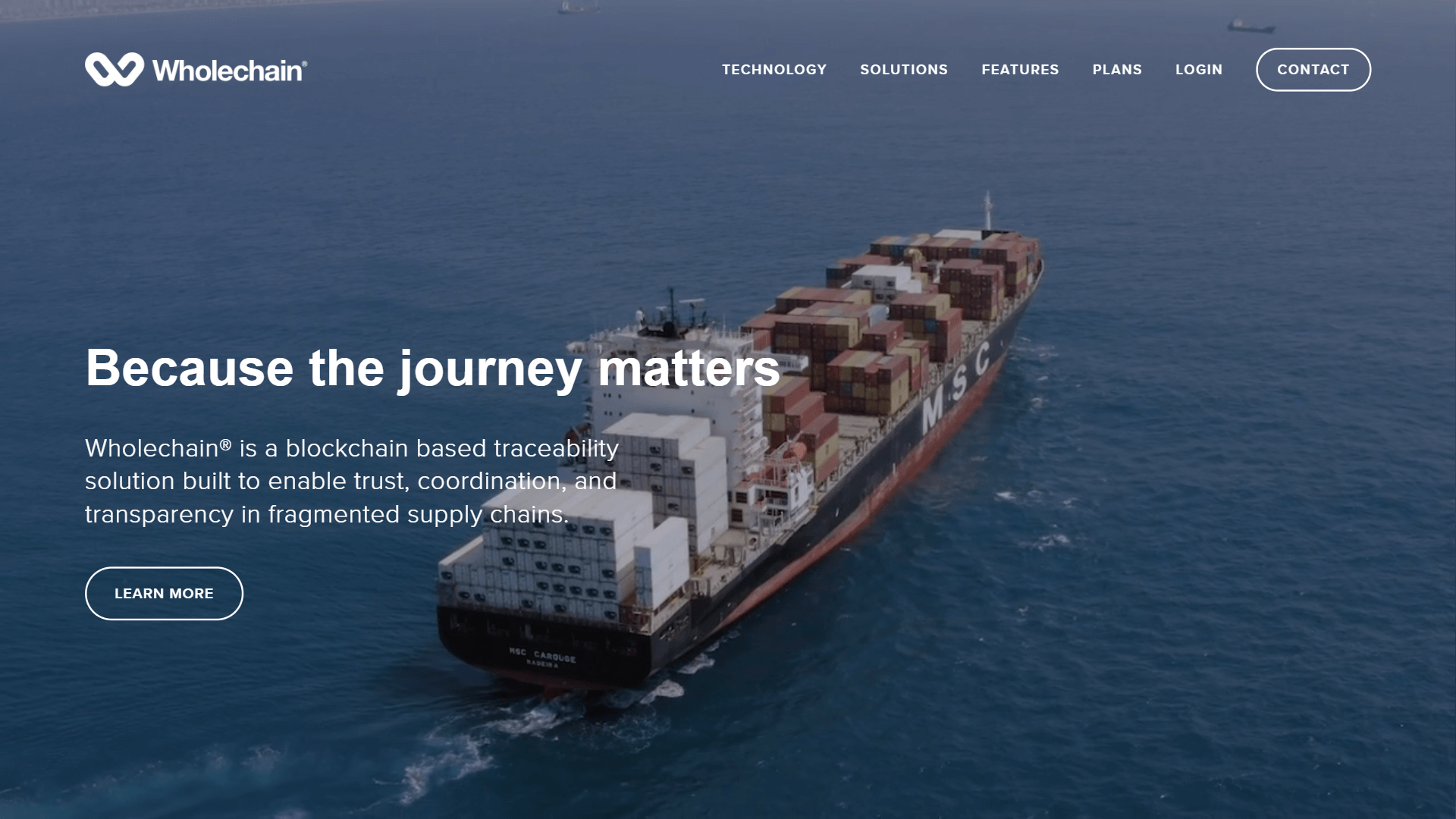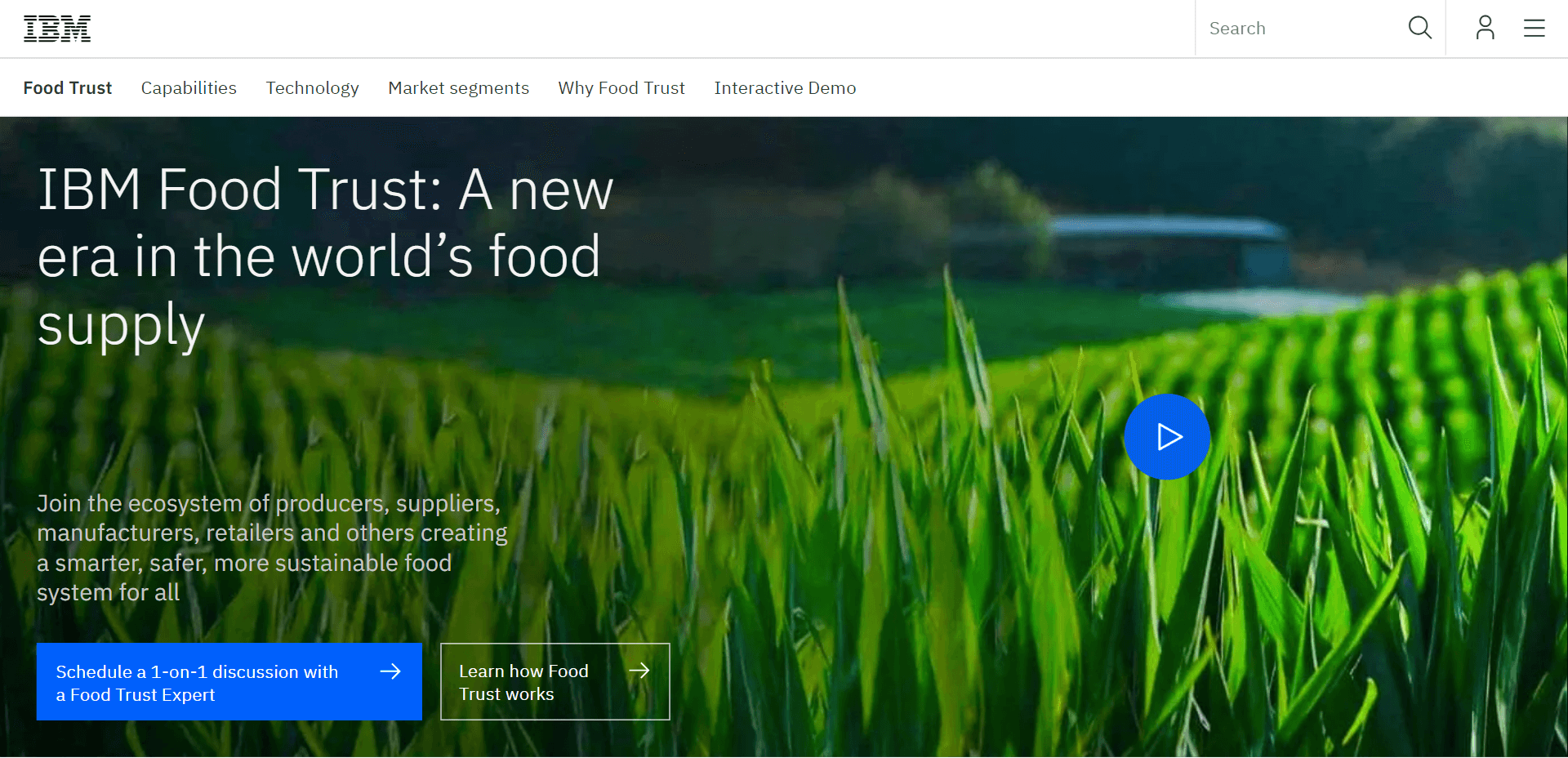Analysing the Role of Blockchain in Supply Chain Traceability and Transparency
Jemimah
28 Sep 2021
•
13 min read
There have been numerous proof-of-concept (PoC) blockchain projects over the past decade in diverse industries. Some of these were attempts to test the feasibility of using blockchain technology to solve challenges its inherent features suggested it was uniquely poised to tackle. However, the promise shown by this nascent tech has been largely marred by undue hype and weak follow-throughs.
Nonetheless, according to the Gartner Hype Cycle — a proposed model for monitoring technologies across five stages on their path to mainstream adoption — blockchain technology is at its fourth stage of the cycle and it's seeing resurging interest levels and ever-increasing awareness, both within the individual and enterprise environments. The industry is maturing rapidly and there are several usecases and trends that are pushing this development.
One of these, as we'll discuss in this article, is the role blockchain potentially plays in promoting transparency in supply chains. We'll begin with a brief discussion of the reason supply chains need to be transparent and then briefly review what blockchain is. Then, we'll analyse how companies such as Carrefour are using the tech to improve transparency and increase their customers' trust in them. Let's get started!
Supply Chain Complexity and the Need for Traceability and Transparency
Supply chains typically refer to all the processes and stakeholder entities involved in moving a product from its raw stages to its final form, now ready for consumption. This includes procurement or sourcing of raw materials, processing, packaging and distribution, retail, and more.
Supply chains are increasingly complex, spanning several organizations and locations. This is typically caused by several factors, such as increasingly variable customer orders and business expansion. Such complexity can lead to a limited overall visibility into the entire chain, which, in turn, may result in situations that threaten a company's brand image.
Napolina is one such company which needed to implement a way to share proof-backed claims to future-proof its reputation when illegal labour practices threatened its brand value. Increasingly, more companies want to ensure that their manufacturing materials are not made through unethical practices that undermine workers' rights and health.
Let's pause here briefly to define "traceability" and "transparency", two foundational concepts behind establishing evidence of supply chain visibility. Traceability is the capacity for tracking an item and its raw materials, usually referred to as a Traceable Resource Unit (TRU), throughout its entire lifecycle and across all stages of the supply chain.
On the hand, transparency refers to openness about product origins and supply chain processes to consumers and stakeholders. Of course, because it may be necessary to keep certain information (such as business relationships) confidential, there's the need to define upfront how much data a company is willing to reveal, how it plans to share this, and how often.
Here are a few reasons why more companies and brands are pursuing traceable products and transparent supply chains:
- End-user engagement. Customers want to know the origin of their purchases, and this may stem from either safety or sustainability concerns. For example, they may be concerned with food safety and reduced wastage.
- Regulatory compliance. Different countries have set up varying regulatory practices to address safety concerns. These include standards regarding the use of drugs for livestock or the use of herbicides and pesticides for plants. One example is the FDA's proposed rule for food traceability, in a bid to prevent foodborne illnesses.
- Increased efficiency. Higher visibility into supply chains can make it easier to discover bottlenecks and improve operating efficiency for businesses. For example, having access to sensor-generated data may also help producers understand microclimate — when and what to plant, and so on.
Traceable products open up potential avenues for brands to increase customer engagement by crafting stories around their origins. (Include an example). It also allows for more accurate information to be shared with the various stakeholders such as end consumers, investors, and more.
Analysing the Role of Blockchain in Supply Chain Transparency: Myth vs Reality
It can be difficult to explain what blockchain is without technical jargon. Thankfully, Lisk Academy has made an excellent attempt with a video that explains the core concepts in simple terms, so we'll borrow that.
A Brief Review of Blockchain
It begins with this kid, Jacob, who's wanted a blue cat for as long as he can remember. He takes action and writes a letter to Santa asking for one as a Christmas present. As he's too young to take the letter to the post office, he asks his father. Shockingly, when Jacob's father reads the letter on the way, he replaces the blue cat for a pair of socks.
Santa and the elves receive the posted letter at the North Pole, and Jacob receives a pair of socks for Christmas. But Jacob's not given up. The next year, he decides to make his request using blockchain. He uploads his freshly-written letter to the North Pole Blockchain, a network of many computers connected to one another through the internet.
Each of these computers are monitored by, Santa, his elves and people like Jacob's parents. They all store a copy of everyone's Christmas list, and when a new letter is received, each computer in the network saves its own copy. The network is transparent, so anyone can see letters uploaded. However, it's almost impossible to know who owns a letter.
Jacob's parents identify his letter because it requests for a blue cat. Of course, as we can expect, they modify their copy. This time, they ask for a cookbook. However, since other computers have copies of the original letter, they know it's been changed and the computer attempting the change is kicked off the network. Jacob finally receives his blue cat for Christmas.
Note that although the blockchain in Jacob's world was public (accessible for anyone) and transparent, that's not necessarily the case for all blockchains. Some are private and permissioned (most suitable for enterprises). Some of the most common examples of public blockchains are Bitcoin and Ethereum.
Blockchain for Supply Chain Transparency: Myth vs Reality
Blockchain has a few features that make it suitable for implementing transparency solutions. These include data security or immutability and customizable transparency features. (As mentioned earlier, you can implement a permission-less, publicly explorable database or a private permissioned chain.)
Setting up a blockchain-enabled supply chain where data about the who, where, and what of each major step of the process is documented in a system where relevant stakeholders can easily access it can improve accountability. Such a system, essentially a single source of truth, can also help avoid duplication across isolated data silos within individual organizations, which may save costs of managing said data.
As alluded to earlier, new technologies like blockchain tend to build a lot of hype around them in their initial stages and it is important to see through this hype and understand that, contrary to many blockchain proponents, no one technology will be the remedy for all that ails any industry.
For example, although more transparent payments is often included as a benefit of a blockchain-enabled supply chain, payment do and will not necessarily need be made using the blockchain. For instance, a company may prefer to keep negotiable payments private. In other words, there's a natural bias for privacy in certain areas of business, and access to proprietary information such as prices and orders may be restricted to specific parties.
As we'll establish, blockchain is not about to entirely replace existing structures for assessing and ensuring product safety and integrity. However, there are some solid use cases, and narrowing down on these can help eliminate costs from uninformed experimentation.
Some Use Cases of Blockchain in Supply Chains
There are several possible usecases for blockchain technology across various industries. One such example noted by the DHS for blockchain and other DLT technologies involves expediting passenger screening at airports by streamlining security processes. Continued exploration of the tech will unearth more ways it could feasibly integrate with existing business process or replace them entirely.
Whether or not an organization is already experimenting with blockchain, it's important to keep abreast of its development considering the fact that the amount of spending on blockchain solutions is expected to grow globally from 6.6 billion US dollars in 2021 to about 19 billion dollars by 2024. For now, here are some existing use cases and pilot projects.
Building Ethical and Sustainable Supply Chains With Blockchain in the Fashion Industry
The fashion industry is fraught with stories of exploitative practices such as poor working conditions, unfair wages and child labour. While modern slavery isn't specific to the fashion sector, intense scrutiny over the years continues to expose how deeply it has eaten into the industry.
With these practices in the limelight, more consumers are asking for transparency into company policies around labour rights. They want to know that the brands they buy from treat and pay their workers fairly and are conscious of their impact on the environment.
One such sustainability-conscious brand is Jyoti-Fair Works, a fashion label using blockchain in its transparency efforts. From working conditions to professional training, the company invests in and prioritizes the well-being of its employees.
Acquiring complete visibility into an entire supply chain is a real challenge, but it is one Jyoti-Fair Works is determined to tackle. Being able to communicate its stance and product story has helped it to increase its brand value and earn customer trust.
Using retraced, a blockchain software, Jyoti-Fair Works can map its supply chain, update orders and production schedules, and tag its garments with QR codes which, when scanned by customers, displays details such as how the cotton was processed and dyed, and how its fabrics were sewn.
Isolating Substandard Products with Blockchain in the Pharmaceutical Industry
The drug industry is another sector where reducing counterfeit products is of paramount concern. It is estimated that 1 in 10 medical products sold in developing countries is either substandard or falsified. Fake drugs are thought to kill more than 250,000 kids a year and result in economic losses for the pharmaceutical industry.
This had led to strict regulation requirements for serialization or barcoding of drugs from entities such as the Drug Supply Chain Security Act (DSCSA) in the US and Falsified Medicine Directive (FMD) in Europe.
The primary reason for counterfeit drugs in the marketplace is attributed to the complexity of the healthcare supply chain which allows drugs through without easily verifiable trail and documentation. Therefore, a system that allows each stakeholder in the chain to verify that the product they've received is authentic is crucial. Such an infrastructure would also empower patients to perform their own authenticity checks.
Here's a video from Infosys that shows how a track-and-trace solution can be handy for both patients and upstream stakeholders in a drug supply chain:
A related concern involving drug integrity pertains to storage requirements. Certain drugs need to be kept at a specific temperature range or they may lose their potency. Sensors can be used here to monitor such physical data and make it easily accessible, allowing both dispensers and patients to verify drug quality.
Novartis, a global pharmaceutical company, has developed several blockchain PoCs since 2016. Using a LEGO Mindstorm truck, they illustrated the use of blockchain to sniff out counterfeit medicine. The integration of IoT sensors also made it possible to measure heat conditions. Participant in the supply chain could then be informed of any issues with quality.
Currently, Novartis is leading the PharmaLedger project, a blockchain platform built atop the existing practice of product serialisation. It focuses on three major areas: supply chain, clinical trials, and health data.
Improve Food Safety and Crackdown on Unsustainable Supply Chains With Blockchain in the Agriculture Industry
As noted earlier, with so many pressing issues such as global warming and deforestation, sustainability has become a major concern for companies, employees, and customers. It is especially so in the seafood industry.
Billions of people globally depend on fish as their major source of animal protein and more than 10 percent of the world's population rely on it for their livelihoods. In 2019, the global seafood market was valued at $159.31 billion.
However, around 35 percent of all captured fish is lost or wasted, sometimes even before its sold. Additionally, over 33 percent of seven commercially important tuna species are overfished globally.
Some projects trying to increase transparency into the seafood industry include Fishcoin and Wholechain. The latter was set to be integrated with Mastercard's Provenance blockchain in 2019 as part of a traceability solution for Topco, a food cooperative, and Food City, a supermarket chain.
Within the larger agriculture sector, blockchain can be especially valuable for improving food safety and understanding the scope of tainted food. In 2016, food fraud was estimated to cost the global food industry 10 to 15 billion dollars annually.
Many companies are already tackling this issue. Last year, California Giant Berry Farms joined the IBM Food Trust in a bid to make it easier to share data across the different data points in its supply chain. This would make it possible to track food from its origin and ensure it's safe for customers.
Another such initiative involving Centaur Analytics and Openledger created an Internet-of-crops solution to track a cereal supply chain from planting to distribution.
More recently, IBM has teamed up with Carrefour to use the traceability service IBM Food Trust for Carrefour's fresh chicken brand and microgreens, with the goal of expanding into more product lines down the road. Other groups such as Nestle are exploring blockchain technology as a way to ensure more sustainability supply chains and reduce the environmental impact of our global food industry.
Limitations and Challenges of Implementing Blockchain In a Supply Chain
As promising a tech as blockchain is, it has its limitations and challenges. This includes the potential cost of implementing a blockchain-based solution. For small and medium businesses (SMEs) who may not have enough resources to sink into a new technology, it may simply be an unfeasible undertaking.
It's also worth noting that even using a blockchain, there's no guarantee of completely authentic information. This means that information that makes it into the blockchain can be faked. Considering the fact that one of the tech's draw is immutability, one would ultimately end up with a record of fraudulent data that'd require a hefty amount of work to change.
One way companies currently manage this problem without blockchain is the use if identification techniques. This involves linking products to unique identities using methods such as DNA-based tagging and tracking, Wireless Sensor Networks (WSNs) for data capture, and Near Field Communication (NFC) tags.
There may be instances where product information requires modification but the same security features blockchain offers that make it so attractive are an obstacle. If a product in transit is damaged in some way, it may be necessary to quickly make modifications to related data. However, the data validation process (via some kind of consensus mechanism) may introduce unwelcome delays.
These are a few reasons why the Independent Purchasing Cooperative (IPC), which handles purchasing, logistics, and more for Subway, a food chain with more than 30,000 restaurants in North America, does not consider blockchain a good fit. Instead they opted for the more widely adopted GS1 standards, which include RFID tags and 2D barcodes such as Quick Response (QR) or Data Matrix codes.
These barcodes can be affixed and scanned as necessary along the supply chain, and Subway's track-and-trace platform of choice, FoodLogiQ, a food supply chain traceability solution, then analyses and aggregates data from them, which can then be acted on.
There's also the blockchain interoperability problem: while there are several existing blockchains (and more being developed), there's often little to no interoperability between them. This translates to difficulty with data interchange and incompatible assets. However, with more bridges being built, this could be less of a problem in the future.
(Recently, the aforementioned Wholechain, FoodLogiQ, IBM Food Trust, and other participants worked on a PoC that underscored the importance of GS1 standards in blockchain traceability systems, especially for the purpose of achieving interoperability.)
In summary, blockchain technology is not yet mature enough for mass adoption by supply chains. However, the attention it's garnered from both developers and businesses mean that it will only keep improving. This is why, each month, we highlight companies at the forefront of blockchain technology. By staying up to date on trends and developments, companies can better decide if, how, and when to integrate blockchain into their business processes.
Conclusion
It is crucial to fully understand the value proposition of blockchain before attempting to integrate it in your supply chain. If it does turn out to be a good fit, then you'll be better placed to tackle the challenges and limitations associated with integrating it in your supply chain.
We briefly considered some use cases where blockchain technology has shown promise. They include building ethical and sustainable supply chains in the fashion industry, isolating substandard products in the pharmaceutical industry, improving food safety and cracking down on unsustainable supply chains in the seafood and larger agriculture industry.
Image credit: Pexels.
WorksHub
Jobs
Locations
Articles
Ground Floor, Verse Building, 18 Brunswick Place, London, N1 6DZ
108 E 16th Street, New York, NY 10003
Subscribe to our newsletter
Join over 111,000 others and get access to exclusive content, job opportunities and more!
